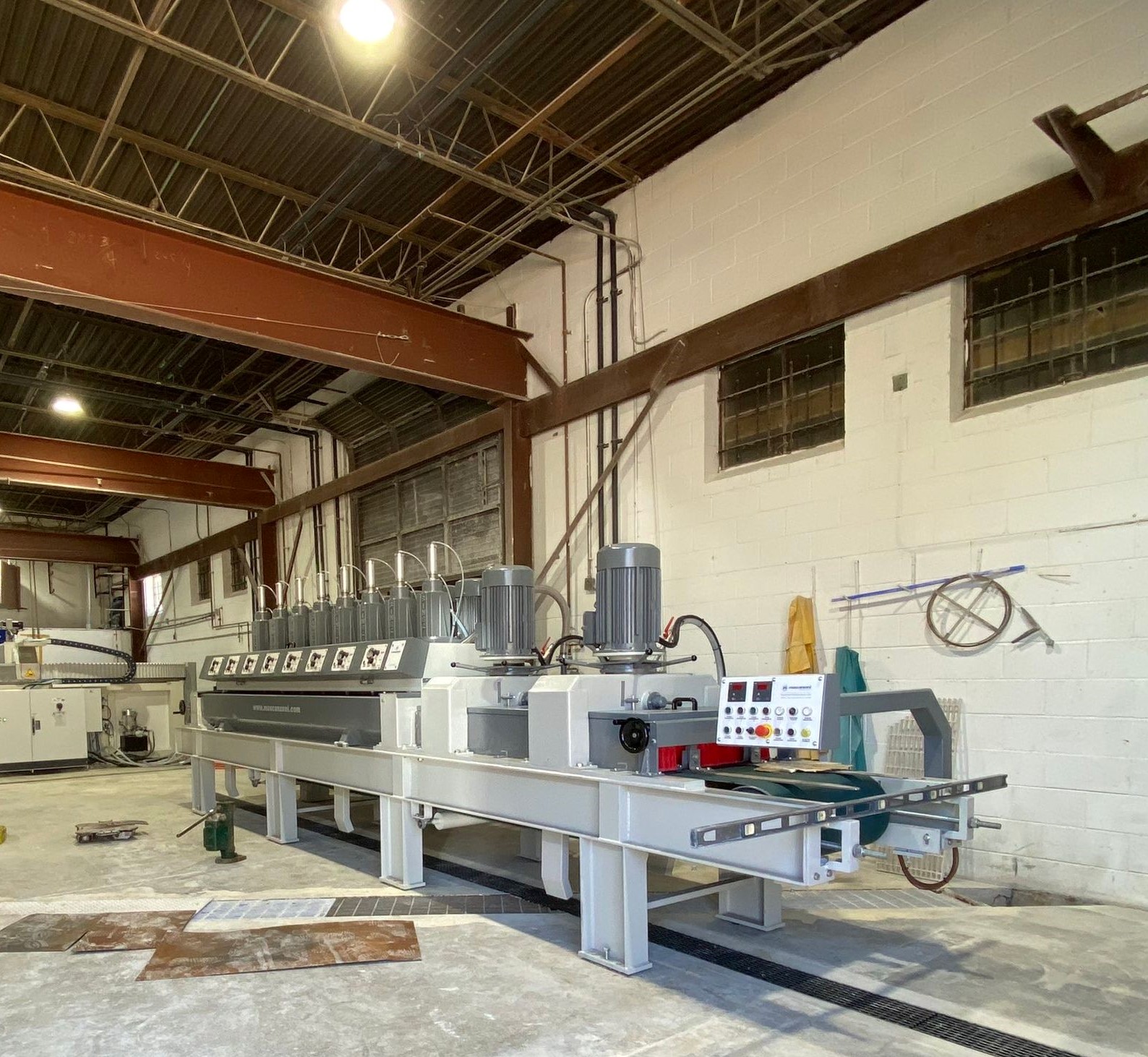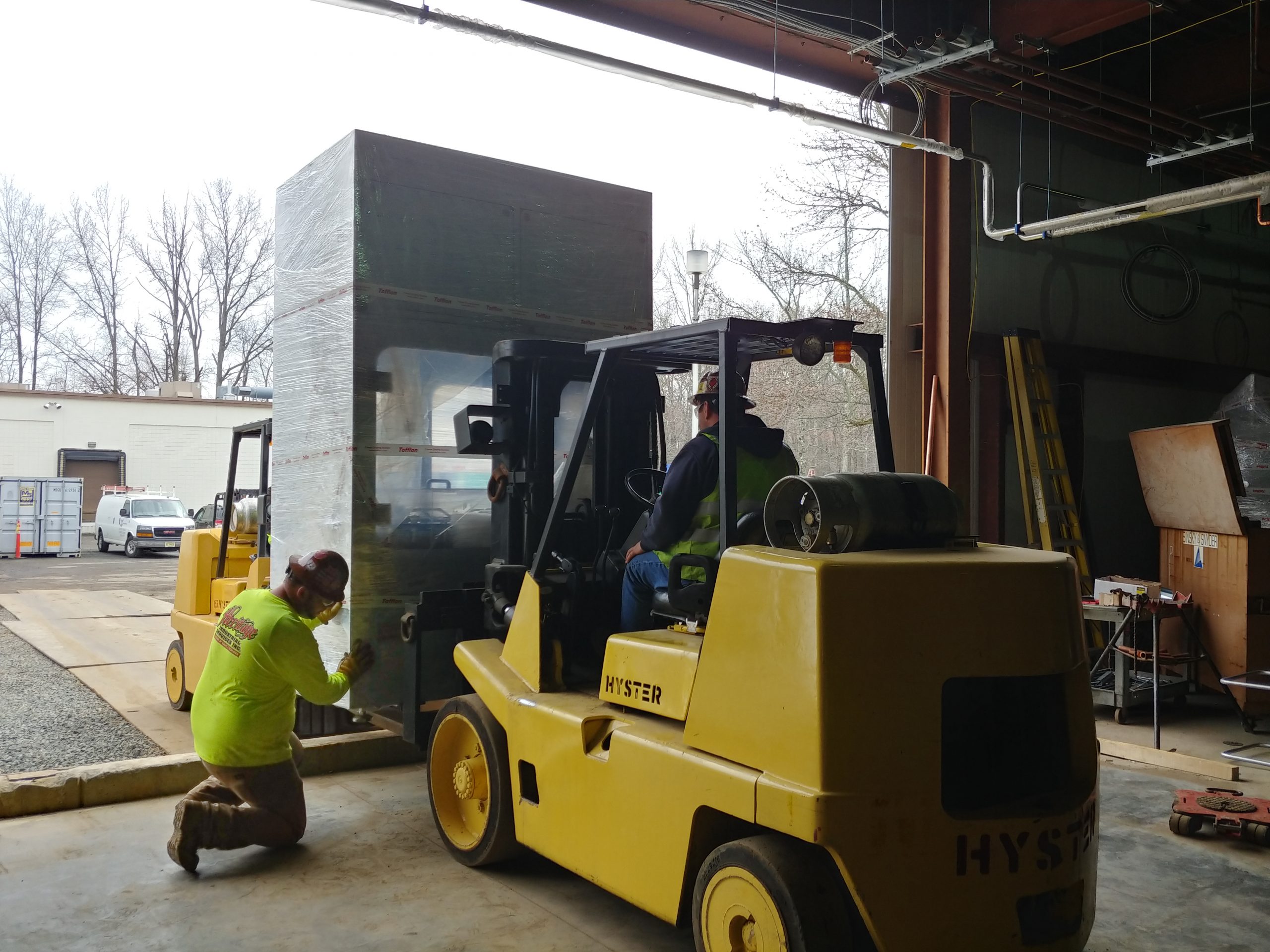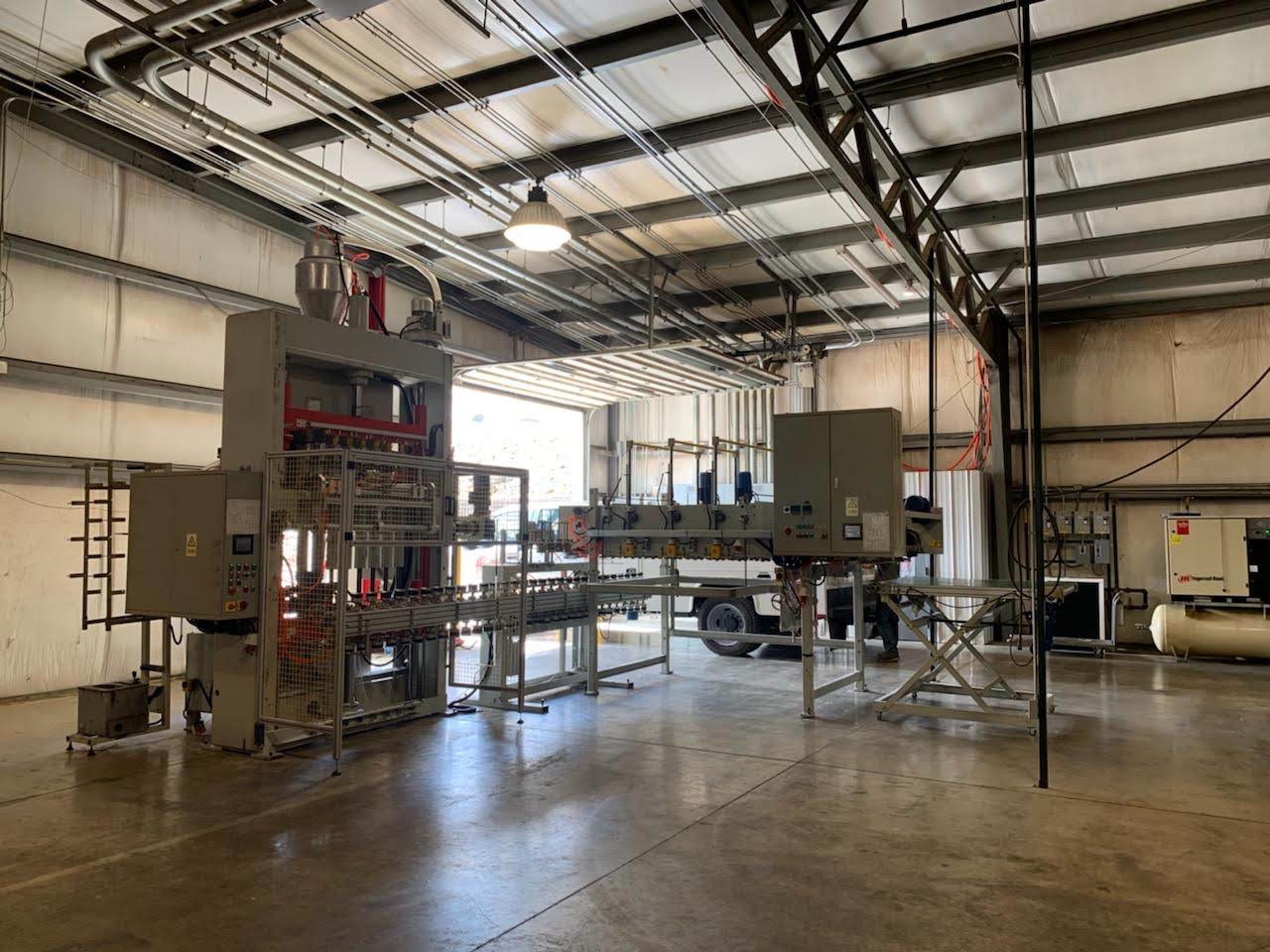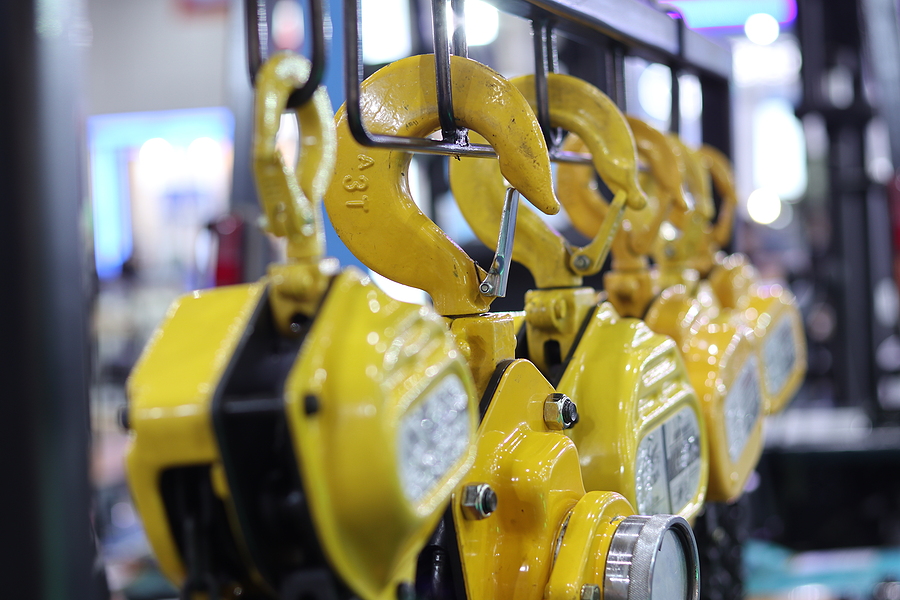Industrial Rigging Lift Plans – How They Help Ensure Crane Safety
Industrial rigging is among the most dangerous operations on any large commercial construction project. Due to the complexities and risks involved with these projects, professional riggers are hired to move items that are extremely heavy, oversized or are located in a small, difficult to reach spaces. When lifting these loads by crane, their weight and mass combined with the force of gravity increases the chance of property damage or personal injury. This means that strict safety procedures known as rigging lift plans need to be followed to ensure that the lift is executed safely and successfully.
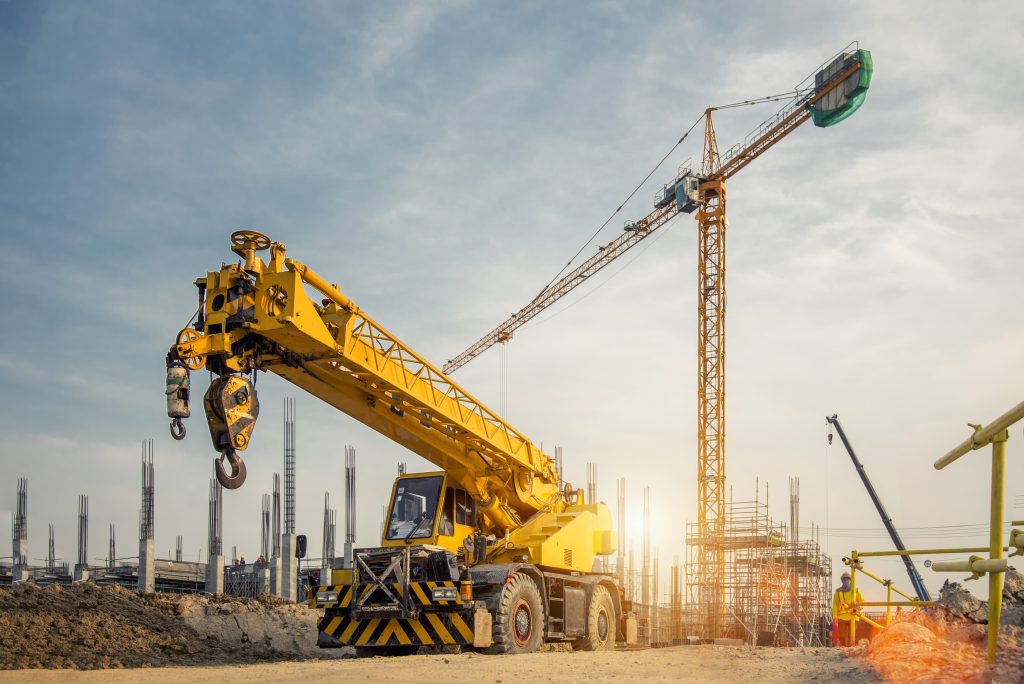
What is an Industrial Rigging Lift Plan?
Industrial lifts require precision, expertise, and a solid plan. A rigging lift plan is crucial to the successful completion of a lift. In addition to ensuring property and personal safety, a lift plan allows riggers to see and evaluate all the different aspects of the project. It helps the rigging team plan for obstructions surrounding the lift and determine the safest, most cost-effective crane and rigging configurations for each lift. While every industrial rigging lift is unique, there are key factors to consider when creating any lift plan.
- Load weight – This is a simple factor that impacts every step of the lift plan and should be determined at the start of the project before any action has been taken. Unless it is a piece of equipment marked with its weight by the manufacturer, this will need to be calculated before proceeding.
- Maximum dimensions – The overall dimensions of the load including length, width and depth are also crucial for planning each step of rigging lift plan.
- Center of gravity – Determining the load’s center of gravity is important for controlling its movement as any unplanned movement which could jeopardize the lift. With balanced loads, the center of gravity is typically in the middle of the load, right below the centerline of the crane block. Unbalanced loads can require complicated physics calculations as well as the eye of an experienced rigger. The object or load being lifted will always move so that the center of gravity is below the point of support.
- Lifting/Slinging points – How many lifting or points or slings are needed and the location at which they are secured to or around the load will need to be determined
- Pick-up & final location radius – The area of clearance surrounding the where the load currently sits as well as that area surrounding its final location.
- Height restrictions -This involves determining how high the load will need to and can be safely lifted to clear any obstructions.
- Risk Assessment – Before actually executing the lift, all the potential hazards must be identified and the precautions needed to be taken to mitigate those risks determined.
All of these factors are critical to creating a safe and efficient industrial rigging lift plan. It will also determine what type of crane or cranes are necessary to complete the project. Once the lift plan has been created and the required equipment is in place, the site must be cleared of all debris and a test run of the lift plan must be conducted.
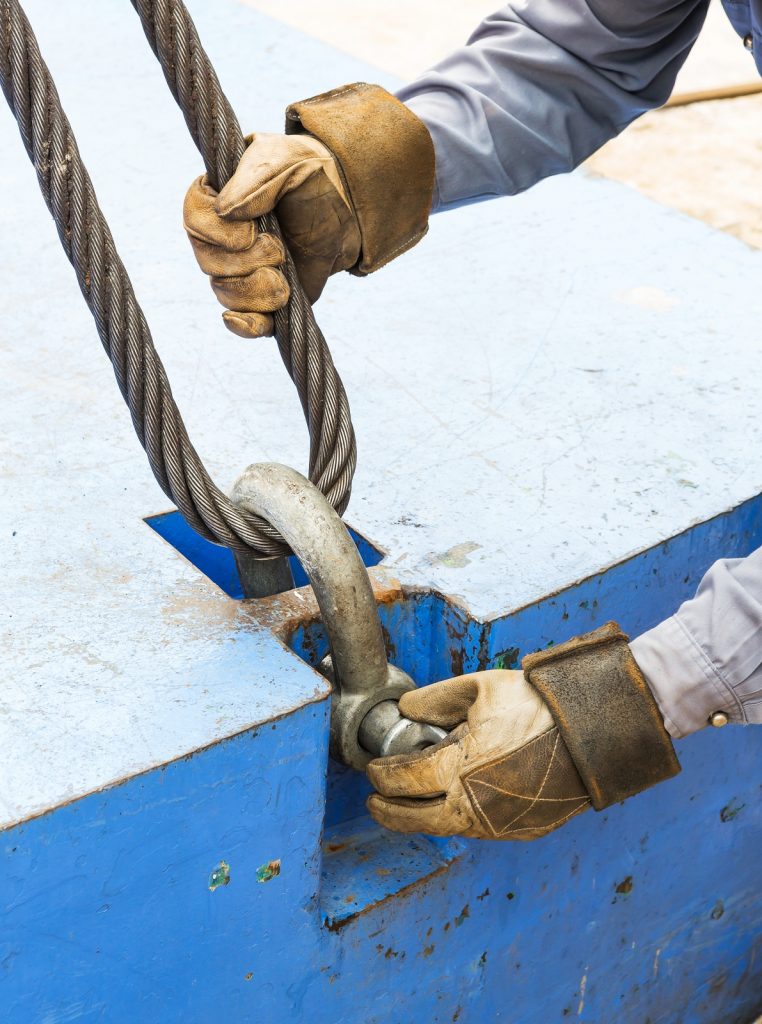
Rigging Lift Key Personnel
The makeup of the rigging team can vary depending on the lift but there are a few key personnel that are essential to every project. First would be the crane operator, responsible for maneuvering the crane and the load safely. There are also others who assist the crane operator. A lift director and spotter are needed to successfully execute the lift plan.
The lift director is responsible for overseeing all aspects of the project and keeping both the team and equipment safe. They will need to provide direction to the team and address any concerns there may be. The lift director must make sure every member of the team is properly trained in the rigging techniques needed for the lift. Their duties also include making sure that all personal protective equipment meets OSHA requirements and is being used properly.
The spotter is another key member of the lift team. They are responsible for informing specific members of the team about each movement of the lift and how it will be carried out. The spotter works directly with the crane operator, guiding them through movement where certain areas are not visible, such as power lines or other potential obstructions. Some industrial rigging projects are carried out in open, unobstructed areas and don’t require a spotter. Other projects can not be completed without one.
Industrial Rigging Professionals
Heritage Industrial Services provides all forms of industrial rigging, machinery moving, plant relocation, and installation nationwide. Our services range from removing and installing small individual machines to very large plant sized projects and we work with a diverse group of clients from a wide variety of industries. Heavy industrial and manufacturing equipment relocation can be a serious challenge but with over 90 years of combined experience, there isn’t much we haven’t moved or done.
Heritage Industrial’s expert staff employs the most up-to-date equipment and certified safety techniques, including thorough inspections to ensure the highest quality and safest rigging operations. We employ NCCCO and OSHA trained riggers and signalman for all projects to ensure that all your rigging needs are performed safely, efficiently, and on budget with no issues. We are committed to conducting business operations in a manner that sustains the environment and protects the health and safety of our employees, clients, and the public. To discuss your next industrial rigging project, please call us at 609-752-0143 or contact us today!


